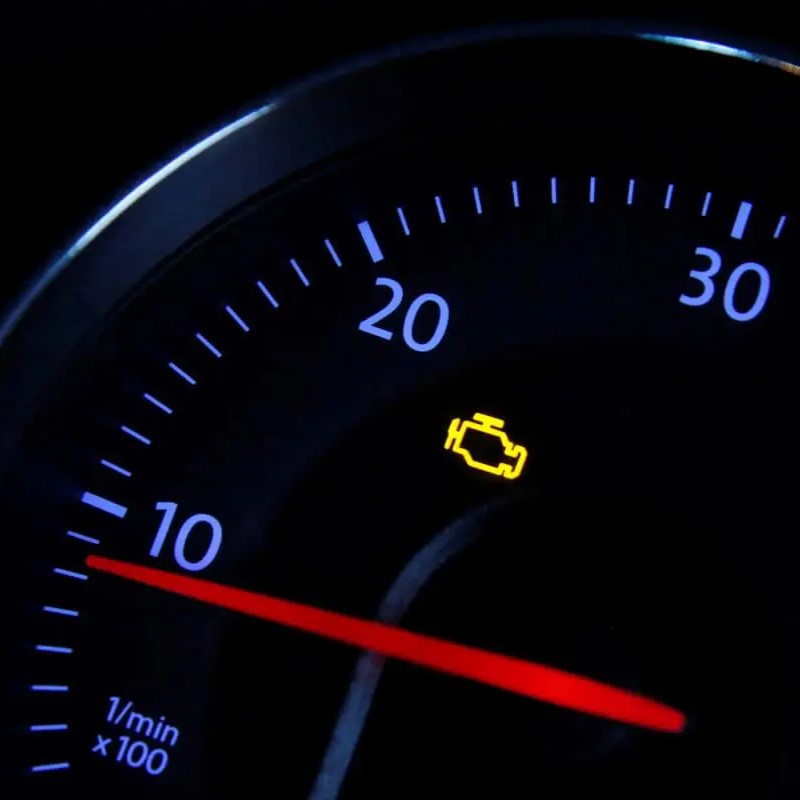The dashboard of your car is a complex landscape of warning lights, each with a specific message. But few lights cause as much panic as the illuminated battery symbol. While a flickering or constantly lit battery light can be unnerving, it’s important to understand that it doesn’t necessarily mean your battery is dead. Instead, it signals a problem with your car’s electrical system, and the battery itself might just be a symptom.
Demystifying the Battery Light: It’s About the Charging System, Not Just the Battery
So, what exactly does the battery light signify? In simpler terms, it indicates that your car’s alternator, the component responsible for charging the battery, isn’t functioning properly. The battery’s role is to store electrical energy, while the alternator continuously replenishes that power as the car runs. If the alternator malfunctions, the battery won’t be charged effectively, eventually leading to a complete loss of power.
However, the battery light doesn’t pinpoint the exact cause of the problem. There are several culprits that can disrupt the charging system, and identifying them is crucial to getting your car back on track.

Common Causes Behind a Lit Battery Light
Let’s delve into the potential reasons why your car’s battery light might be illuminated:
-
Loose or Corroded Battery Cables: The battery connects to the car’s electrical system through cables. Over time, these cables can become loose or corroded, hindering the flow of electricity. A loose connection disrupts the charging process, triggering the battery light. Corrosion buildup acts as a barrier, preventing a proper connection.
-
Faulty Alternator: As mentioned earlier, the alternator is the heart of the charging system. If the alternator itself malfunctions, it won’t be able to generate the necessary current to charge the battery. This is a more serious issue that requires professional attention.
-
Worn-Out Battery: While the battery light doesn’ t always point to a bad battery, it can’t be entirely ruled out. Batteries have a lifespan, and as they age, their capacity to hold a charge diminishes. If your battery is nearing the end of its life, it might not be able to store enough power even with a functioning alternator, triggering the warning light.
-
Broken Serpentine Belt: The serpentine belt drives various engine components, including the alternator. If this belt snaps, the alternator won’t spin, jeopardizing the charging process and illuminating the battery light. A worn-out belt might also cause the light to flicker intermittently.
-
Internal Electrical Issues: In some cases, the problem might lie within the car’s complex electrical system itself. Faulty wiring, malfunctioning voltage regulator (which controls the alternator’s output), or even a blown fuse could disrupt the charging process and activate the battery light.

What to Do When the Battery Light Comes On: Don’t Ignore It!
Seeing the battery light illuminate can be nerve-wracking, but panicking won’t solve the problem. Here’s what you should do:
-
Pull Over Safely: If the light comes on while you’re driving, find a safe place to pull over as soon as possible. Turn off the engine and avoid unnecessary electrical strain by turning off lights and accessories.
-
Visually Inspect the Battery: Pop the hood and take a look at the battery. Look for signs of corrosion on the cable terminals. If there is corrosion, you can try cleaning it with a baking soda and water solution, but it’s best to have a professional assess the situation for a permanent fix.
-
Check the Serpentine Belt: Look for any visible cracks, tears, or excessive wear on the serpentine belt. A quick visual inspection can reveal if the belt needs replacement.
-
Get Professional Help: If you’re not comfortable inspecting the components yourself, or if the issue seems more complex, don’t hesitate to seek assistance from a qualified mechanic. They can diagnose the exact cause of the problem and recommend the appropriate repair.

Driving with a Lit Battery Light: Is It Safe?
It’s generally not advisable to continue driving for an extended period with the battery light on. While you might be able to limp the car a short distance, especially if the battery has some residual charge, it’s a gamble. Here’s why:
-
Risk of Complete Power Loss: A failing charging system means the battery is slowly draining. Eventually, the battery won’t have enough power to start the car, leaving you stranded.
-
Strained Electrical System: A malfunctioning charging system can put a strain on your car’s electrical components, potentially leading to damage to other parts like the lights, radio, or even the engine control unit.
-
Safety Concerns: If critical systems like power steering or brakes are compromised due to electrical issues, it can pose a serious safety hazard.
When to Call a Tow Truck:
If the battery light comes on while you’re driving and the car exhibits additional symptoms like stalling, dimming headlights, or strange electrical behavior, pull over immediately and call for a tow truck. Don’t risk further damage or compromise your safety.

Prevention is Key: Maintaining a Healthy Charging System
Just like taking care of your car’s engine, maintaining a healthy charging system is crucial. Here are some preventive measures:
-
Regular Battery Checks: Schedule regular inspections of your car’s battery, especially during routine maintenance. A mechanic can check the battery health, terminal condition, and clean any corrosion if necessary.
-
Clean Terminals: If you’re comfortable doing it yourself, you can periodically clean the battery terminals to prevent corrosion buildup. Remember to disconnect the negative terminal first for safety reasons.
-
Tighten Connections: Ensure the battery cable connections are secure. Loose connections can disrupt the charging process.
-
Replace the Battery Proactively: Batteries don’t last forever. Generally, they have a lifespan of 3-5 years. If your battery is nearing the end of its expected life, consider replacing it preemptively to avoid getting stranded with a dead battery.
-
Observe Warning Signs: Pay attention to any signs that might indicate a failing charging system, such as flickering headlights, difficulty starting the engine, or electrical malfunctions. Addressing these issues promptly can prevent them from escalating into bigger problems.

By understanding the reasons behind a lit battery light, taking the necessary steps to address the issue, and implementing preventive measures, you can ensure your car’s electrical system functions smoothly and avoid getting stuck in the dark. Remember, a timely response can save you from inconvenience and potential safety hazards.





